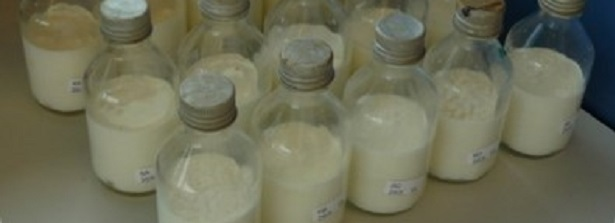Use of traditional fermented foods as model system for fundamental research

This perspective, written in the context of the Global Challenges Programme project on traditional fermented foods in Zambia, describes how traditional fermented foods are not only relevant from a development perspective, but also as a model system for fundamental research in evolutionary biology and microbial ecology.
Abstract
Evolutionary forces are widely recognised as the key drivers of patterns of biodiversity. This has resulted in a large body of theory, some of which has been tested experimentally by mimicking evolutionary processes in the laboratory.
In this paper we first explain what model systems are used for experimental testing of evolutionary theory, ranging from simple microbial communities in the laboratory and, more recently, to complex (natural) communities. We conclude that microbial communities of spontaneous fermented foods are a very interesting model system to study evolutionary questions on complex communities. It is a model system that combines the complexity of a natural community with the ease of analyses of a synthetic defined community. It therefore gives the researchers the ability to investigate the behaviour of specific species in a natural community without becoming too complex. Due to developing sequencing techniques, the complexity in these communities can be analysed with relative ease while hypotheses developed in less complex systems can be tested.
In the second part of the paper we explain which research questions with an evolutionary background can be addressed using these microbial communities from fermented foods. We discuss species frequency in space and time, the diversity-stability relationship, niche space, fluctuating environment and community coalescence. Hypotheses of the influence of these factors on community evolution are given as well as a short indication of the experimental set-up of such studies when microbial communities of spontaneous fermented food are used.






